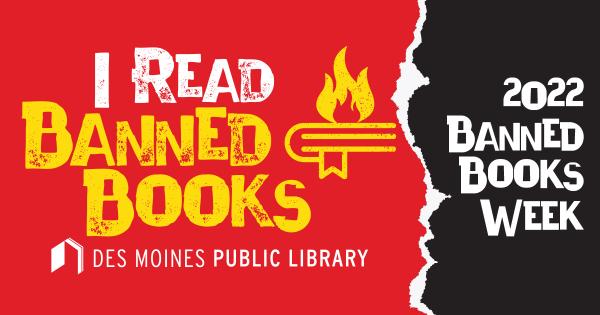
Each year, the American Library Association releases their list of the 10 most challenged books. The ALA tracks challenges to library, school, and university materials each year as part of their work to ensure free access to information. In 2021, 1,597 books were targeted for various reasons - the 10 receiving the most challenges are listed below.
"The DMPL strongly opposes any efforts to censor or ban access to any library materials or information," says Des Moines Public Library Director Susan A. Woody. "We read to understand each other. Reading teaches us empathy and tolerance instead of judgement and division. We celebrate authors who are brave enough to tell their stories and we will defend our patrons’ rights to read those stories."
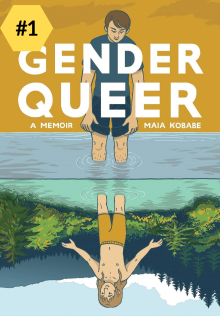
'Gender Queer,' by Maia Kobabe
Banned, challenged, and restricted for LGBTQIA+ content, and because it was considered to have sexually explicit images
In Gender Queer, Maia Kobabe has crafted an intensely cathartic autobiography about eir path to identifying as nonbinary and asexual, and coming out to eir family and society. By addressing questions about gender identity what if means and how to think about it the story also doubles as a much-needed, useful, and touching guide.
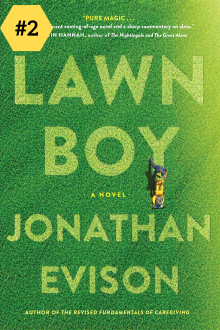
'Lawn Boy,' by Jonathan Evison
Banned and challenged for LGBTQIA+ content and because it was considered to be sexually explicit.
Mike Muñoz is a young Mexican American not too many years out of high school--and just fired from his latest gig as a lawn boy on a landscaping crew. Though he tries time and again to get his foot on the first rung of that ladder to success, he can't seem to get a break. But then things start to change for Mike, and after a raucous, jarring, and challenging trip, he finds he can finally see the future and his place in it.
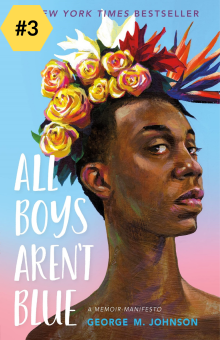
'All Boys Aren't Blue,' by George M. Johnson
Banned and challenged for LGBTQIA+ content, profanity, and because it was considered to be sexually explicit.
In a series of personal essays, prominent journalist and LGBTQIA+ activist George M. Johnson explores his childhood, adolescence, and college years in New Jersey and Virginia. From the memories of getting his teeth kicked out by bullies at age five, to flea marketing with his loving grandmother, to his first sexual relationships, this young-adult memoir weaves together the trials and triumphs faced by Black queer boys.
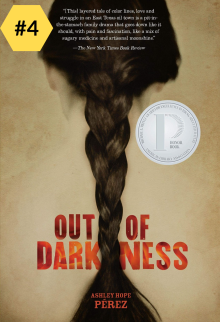
'Out of Darkness,' by Ashley Hope Pérez
Banned, challenged, and restricted for depictions of abuse and because it was considered to be sexually explicit.
Loosely based on a school explosion that took place in New London, Texas in 1937, this is the story of two teenagers: Naomi, who is Mexican, and Wash, who is black, and their dealings with race, segregation, love, and the forces that destroy people.
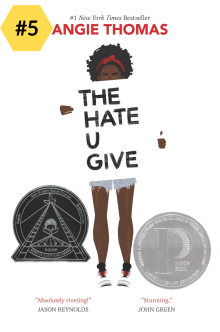
'The Hate U Give,' by Angie Thomas
Banned and challenged for profanity, violence, and because it was thought to promote an anti-police message and indoctrination of a social agenda.
Sixteen-year-old Starr Carter moves between two worlds: the poor neighborhood where she lives and the fancy suburban prep school she attends. The uneasy balance between these worlds is shattered when Starr witnesses the fatal shooting of her childhood best friend Khalil at the hands of a police officer. Khalil was unarmed. Soon afterward, his death is a national headline. Some are calling him a thug, maybe even a drug dealer and a gangbanger. Protesters are taking to the streets in Khalil's name. Some cops and the local drug lord try to intimidate Starr and her family. What everyone wants to know is: what really went down that night? And the only person alive who can answer that is Starr. But what Starr does, or does not, say could upend her community. It could also endanger her life.
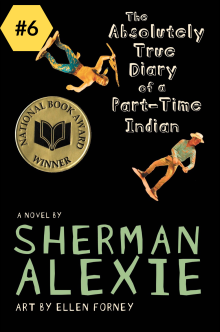
'The Absolutely True Diary of a Part-Time Indian,' by Sherman Alexie
Banned and challenged for profanity, sexual references and use of a derogatory term.
Budding cartoonist Junior leaves his troubled school on the Spokane Indian Reservation to attend an all-white farm town school where the only other Indian is the school mascot.
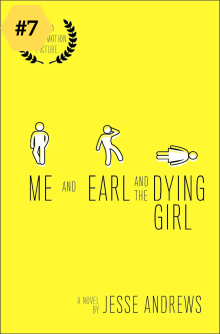
'Me and Earl and the Dying Girl,' by Jesse Andrews
Banned and challenged because it was considered sexually explicit and degrading to women.
Seventeen-year-old Greg has managed to become part of every social group at his Pittsburgh high school without having any friends, but his life changes when his mother forces him to befriend Rachel, a girl he once knew in Hebrew school who has leukemia.
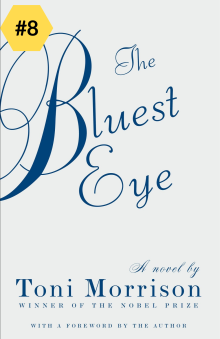
'The Bluest Eye,' by Toni Morrison
Banned and challenged because it depicts child sexual abuse and was considered sexually explicit.
From the acclaimed Nobel Prize winner—a powerful examination of our obsession with beauty and conformity that asks questions about race, class, and gender with characteristic subtly and grace.
In Morrison’s acclaimed first novel, Pecola Breedlove—an 11-year-old Black girl in an America whose love for its blond, blue-eyed children can devastate all others—prays for her eyes to turn blue: so that she will be beautiful, so that people will look at her, so that her world will be different. This is the story of the nightmare at the heart of her yearning, and the tragedy of its fulfillment. Here, Morrison’s writing is so precise, so faithful to speech and so charged with pain and wonder that the novel becomes poetry.
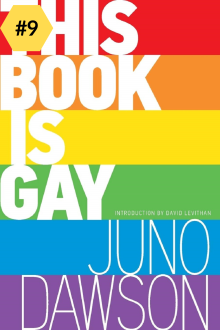
'This Book is Gay,' by Juno Dawson
Banned, challenged, relocated, and restricted for providing sexual education and LGBTQIA+ content.
Lesbian. Bisexual. Queer. Transgender. Straight. Curious. This book is for everyone, regardless of gender or sexual preference. This book is for anyone who's ever dared to wonder.
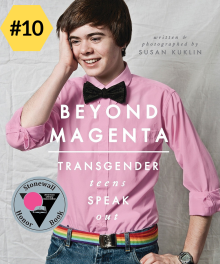
'Beyond Magenta,' by Susan Kuklin
Banned and challenged for LGBTQIA+ content and because it was considered to be sexually explicit.
A groundbreaking work of LGBT literature takes an honest look at the life, love, and struggles of transgender teens. Author and photographer Susan Kuklin met and interviewed six transgender or gender-neutral young adults and used her considerable skills to represent them thoughtfully and respectfully before, during, and after their personal acknowledgment of gender preference. Portraits, family photographs, and candid images grace the pages, augmenting the emotional and physical journey each youth has taken. Each honest discussion and disclosure, whether joyful or heartbreaking, is completely different from the other because of family dynamics, living situations, gender, and the transition these teens make in recognition of their true selves.
Last Modified December 15, 2025
Type:
Home Page